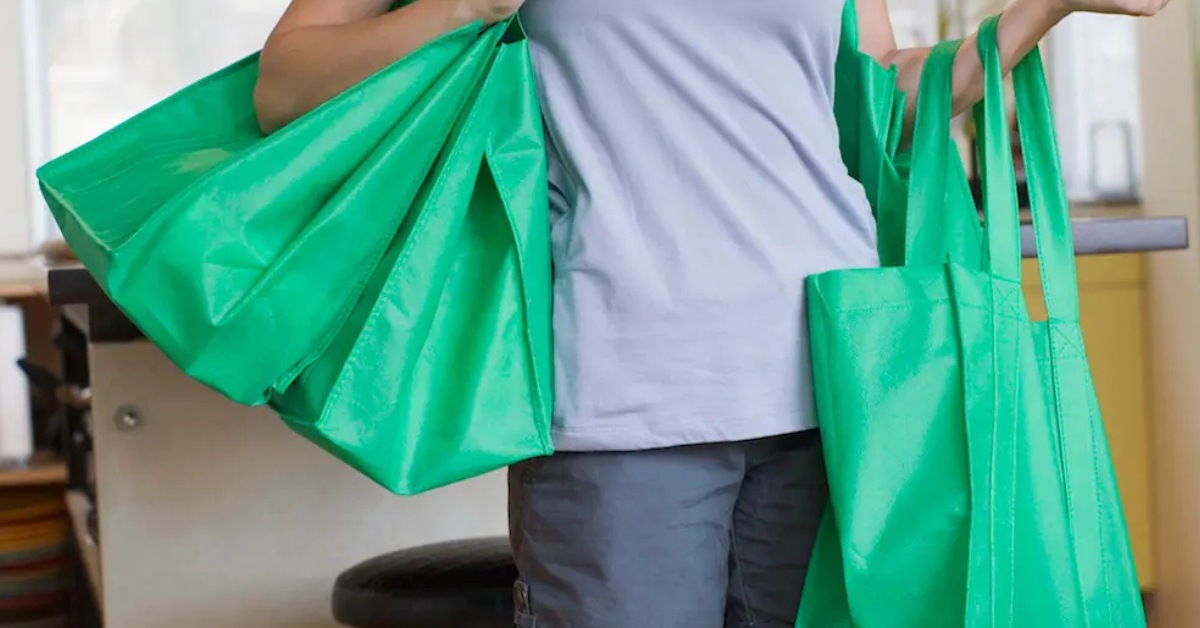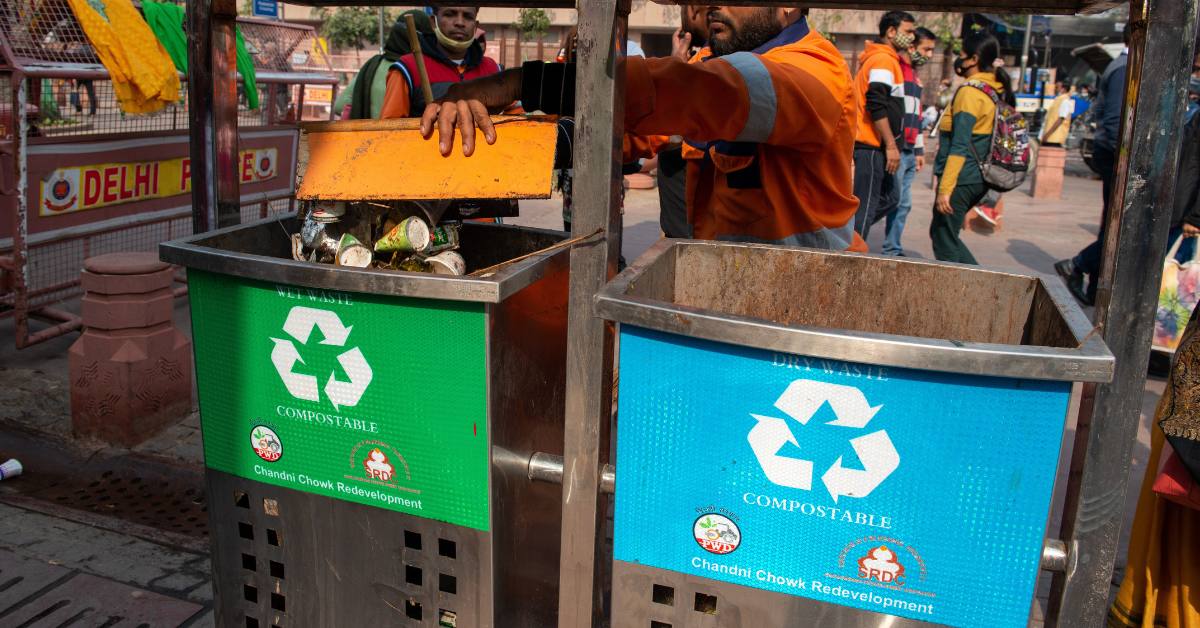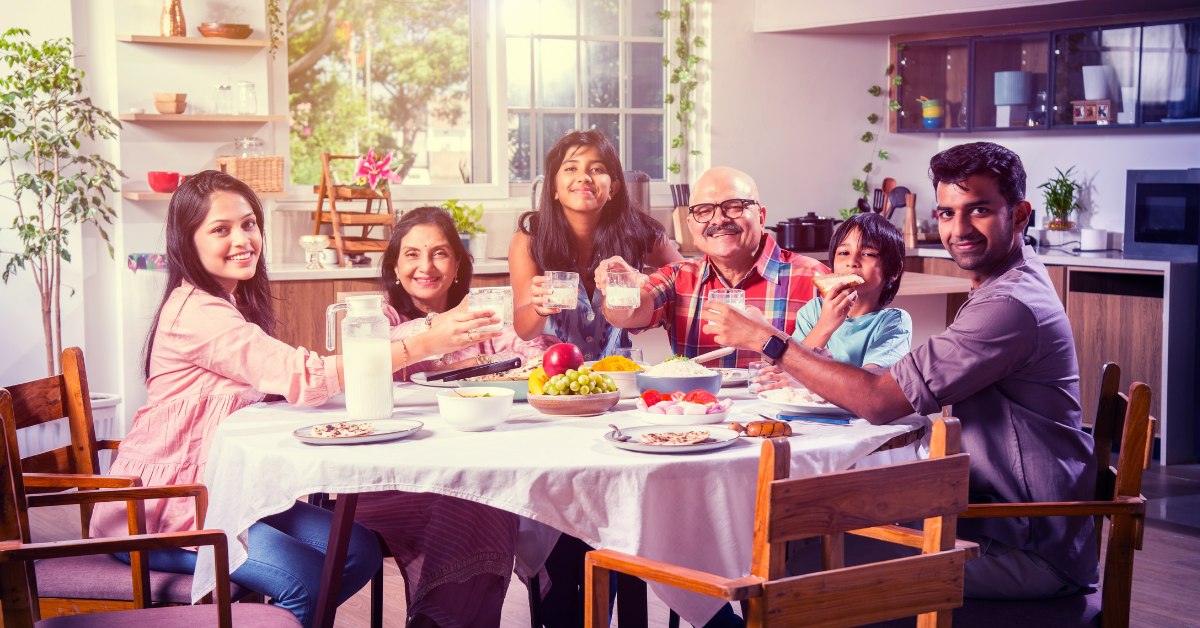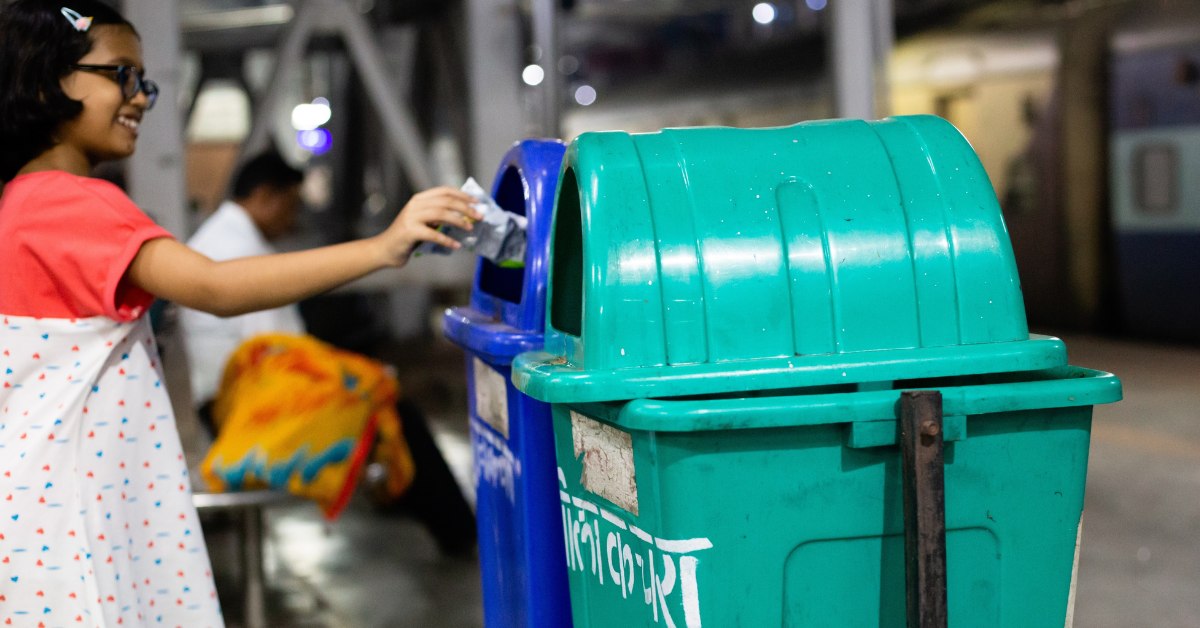Table of Contents
Plastic waste is a growing byproduct of modern family living. From snack wrappers and food packaging to broken toys and overflowing bins, household waste builds up quickly. For parents, it can feel overwhelming to manage it all while trying to make environmentally responsible choices.
Reducing waste at home doesn’t have to be difficult or time-consuming. Here are practical ways to cut down on household waste and how your kids can help, too.
1. Ditch disposables and switch to reusables
Why it matters: Single-use plastics are among the biggest culprits for everyday waste. This can include kitchen roll, baby wipes, cling film, and paper napkins.
Advertisement
What to do instead:
- Replace paper towels with washable cloths or old t-shirts cut into rags.
- Use beeswax wraps or silicone lids instead of cling film.
- Switch to reusable kitchen sponges, washable wipes, and cloth napkins.
- How kids can help: Give your child their special napkin or water bottle to use at mealtimes. You can also let them help fold the reusable cloths after washing.

2. Shop smarter: Buy in bulk or use refill options
Why it matters: So much waste comes from packaging, especially plastics that cannot be recycled.
What to do instead:
- Bring your containers to refill shops for dry goods like pasta, oats, nuts, and rice.
- Choose large bulk packages over lots of small ones to reduce packaging.
- Look for local milk deliveries in glass bottles because they are reusable and recyclable.
- How kids can help: Let them help weigh out ingredients at the refill shop and label the jars at home.

3. Choose loose produce and avoid over-packaging
Why it matters: Supermarkets often wrap even the most natural items, like bananas, in layers of plastic.
What to do instead:
- Choose loose fruit and vegetables rather than pre-packed ones.
- Take your bags or baskets when shopping.
- Buy from local markets where items often come unpackaged.
- How kids can help: Turn it into a game, and ask them to find the item with the least packaging or reward them for spotting the most eco-friendly swap.

4. Start a composting system
Why it matters: Food waste is a huge contributor to household rubbish, yet much of it can be composted into nutrient-rich soil.
Advertisement
What to do instead:
- Compost fruit and vegetable peelings, coffee grounds, eggshells, and garden waste.
- Use a compost caddy in the kitchen or check if your council collects food waste.
- If space is limited, look into bokashi bins or wormeries, which are ideal for small homes.
- How kids can help: Get them to collect scraps after meals or be in charge of taking the caddy to the compost bin. It is a great way to teach responsibility and biology.

5. Reduce food waste with creative cooking
Why it matters: Wasting food also means wasting your money, time, and the energy it took to grow, transport, and prepare it.
What to do instead:
- Plan meals to avoid over-buying.
- Use up leftovers, turn roast veg into soup, or overripe bananas into muffins.
- Store food properly to extend its shelf life (cloth bags for bread, jars for dry goods).
- How kids can help: Let them help create a “leftover dinner” once a week, they can come up with menu names, help prepare the meal, and learn that food should never go to waste.
6. Switch to low-waste bathroom and cleaning products
Why it matters: Bottles, wrappers, and disposable wipes are some of the most common items in the bin.
What to do instead:
- Try bar soaps and shampoo bars to reduce plastic bottles.
- Refill your washing-up liquid and cleaning sprays from refill stations.
- Use white vinegar and bicarbonate of soda for simple DIY cleaners.
- How kids can help: They will love helping to mix up a natural cleaning spray (water + vinegar + lemon peel). It is safe, effective, and teaches them about safer alternatives.

7. Embrace second-hand and toy rotation
Why it matters: Toys and clothes can quickly accumulate over time, taking up space in our homes, and all too often, they eventually end up discarded in landfills.
Advertisement

What to do instead:
- Buy pre-loved clothes and toys from charity shops or online marketplaces.
- Rotate toys every few weeks; you can pack some away and swap them out later to keep things fresh.
- Organise a toy or clothing swap with friends or schoolmates.
- How kids can help: Get them involved in choosing toys or clothes to donate. It encourages generosity and reduces attachment to ‘stuff’.


